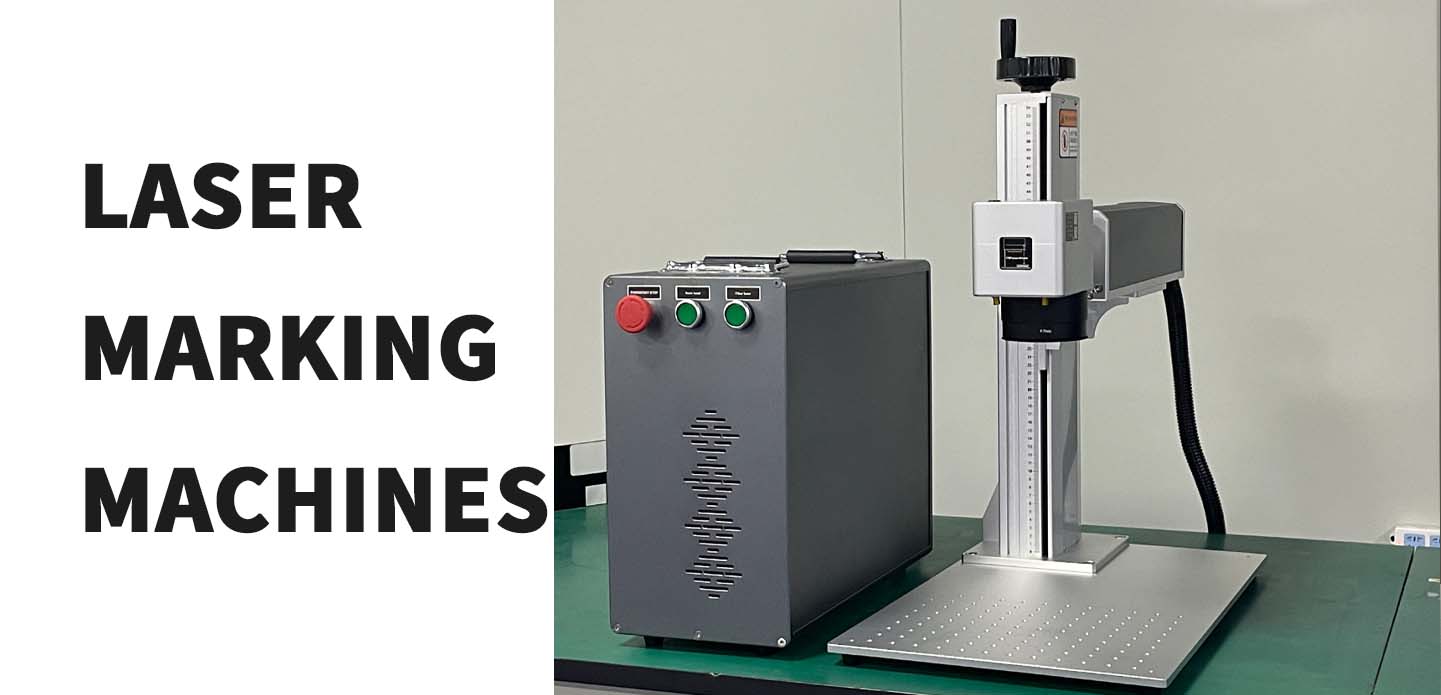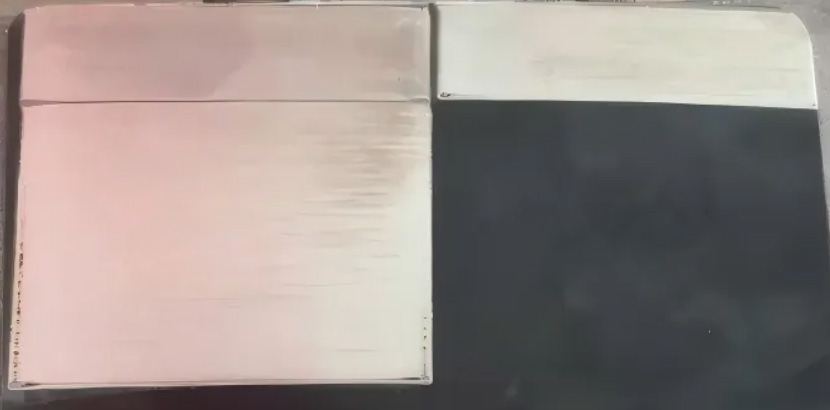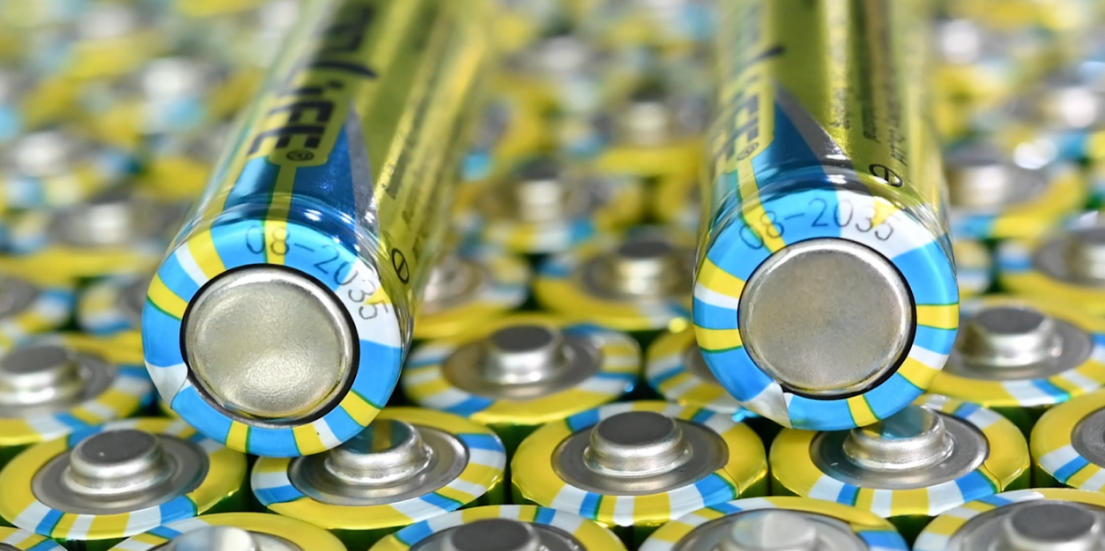
Red Light Configuration in Laser Marking Machines
In a laser marking machine, red light positioning is one of the most essential features. Since the laser beam is invisible to the human eye, a red light pointer is used to simulate the laser path and mark the position in advance. This helps the operator to preview the marking area, reduce errors, and improve efficiency.
Red light configuration can be divided into two types:
Internal Red Light (Built-in): Integrated directly into the optical path of the laser marking machine. It is compact, stable, and ensures precise positioning, but sometimes less flexible when upgrading.
External Red Light (Add-on Module): Installed outside the optical path, usually as an additional laser diode. It is easier to adjust and replace, providing flexibility for different applications, but may require additional calibration.
Both options ensure that operators can clearly see where the marking will occur before the actual laser starts, reducing waste and improving accuracy.
Control Card Functions: Flying Marking and Multi-head Marking
The control card (such as JCZ card) is the “brain” of the laser marking system. It manages laser output, scanning path, synchronization, and advanced functions. Two of the most important functions are:
Flying Marking (On-the-Fly Marking)
This technology allows marking on moving objects, such as bottles, cables, or electronic components on a production line.
It synchronizes the laser with conveyor belt speed, ensuring precise and continuous marking without stopping the production flow.
Applications: Food packaging, cable wire marking, pharmaceutical labeling, and automotive parts.
Multi-head Marking (Dual or Multiple Laser Heads)
This function enables one control card to operate two or more marking heads simultaneously.
It improves production efficiency by processing multiple workpieces in parallel.
Applications: Batch marking of electronic components, nameplates, IC chips, and high-volume metal parts.
Applications and Technical Effects
Laser marking machines equipped with red light positioning, flying marking, and multi-head functions can achieve:
High precision: Red light ensures accurate positioning before marking.
High efficiency: Flying marking and multi-head systems significantly increase throughput.
Flexibility: Suitable for metals (steel, aluminum, copper), plastics, ceramics, PCBs, and even packaging materials.
Clear, permanent results: Marks such as serial numbers, QR codes, barcodes, logos, and patterns remain resistant to wear and corrosion.
Industry adaptability: Widely used in electronics, medical devices, automotive, aerospace, tools, and daily consumer goods.
Conclusion
The combination of red light positioning, control card functions like flying marking and multi-head marking, and advanced laser technology ensures that modern laser marking machines deliver superior accuracy, efficiency, and adaptability across industries. Whether you need to mark static parts or integrate into a fast production line, choosing the right configuration can greatly enhance your manufacturing competitiveness.







